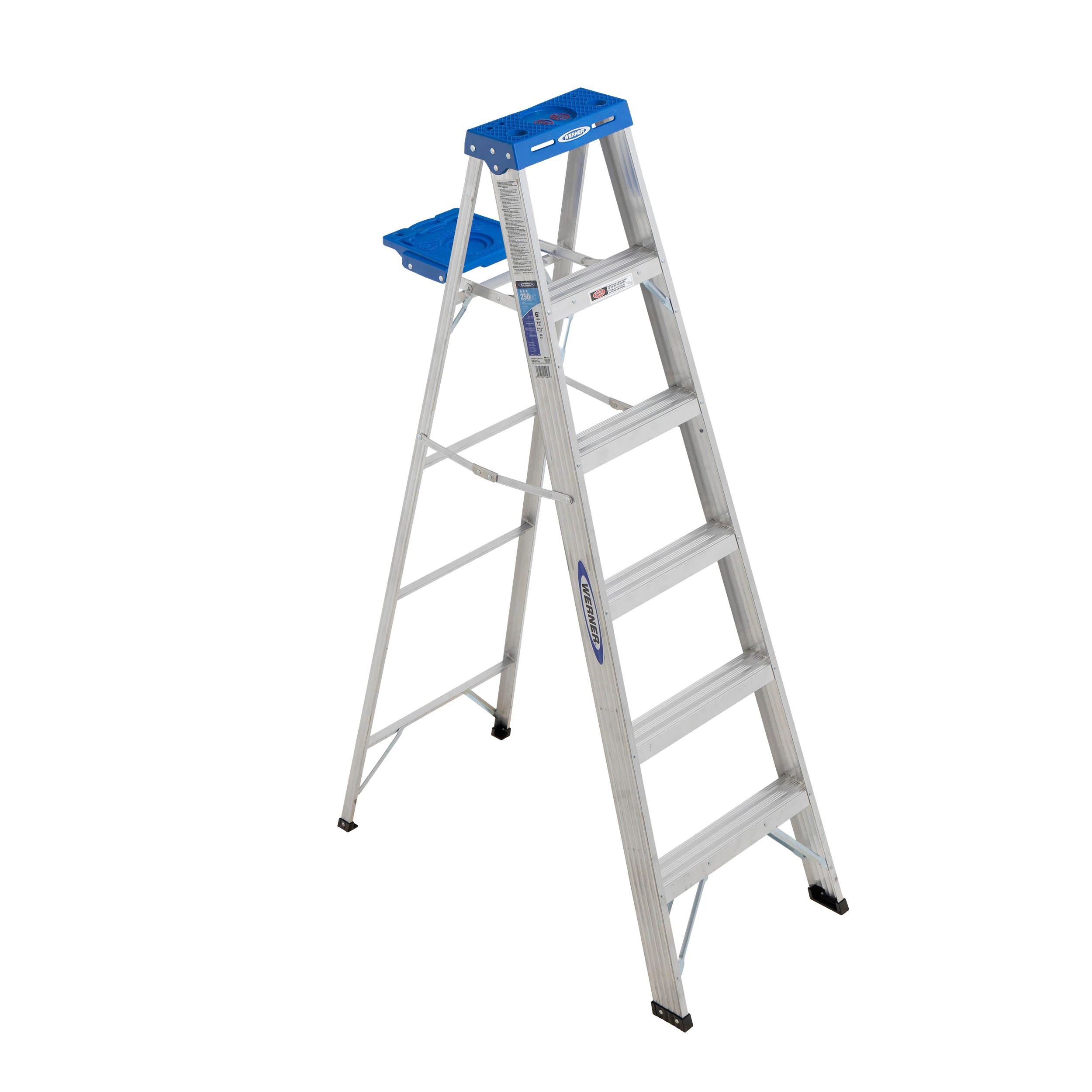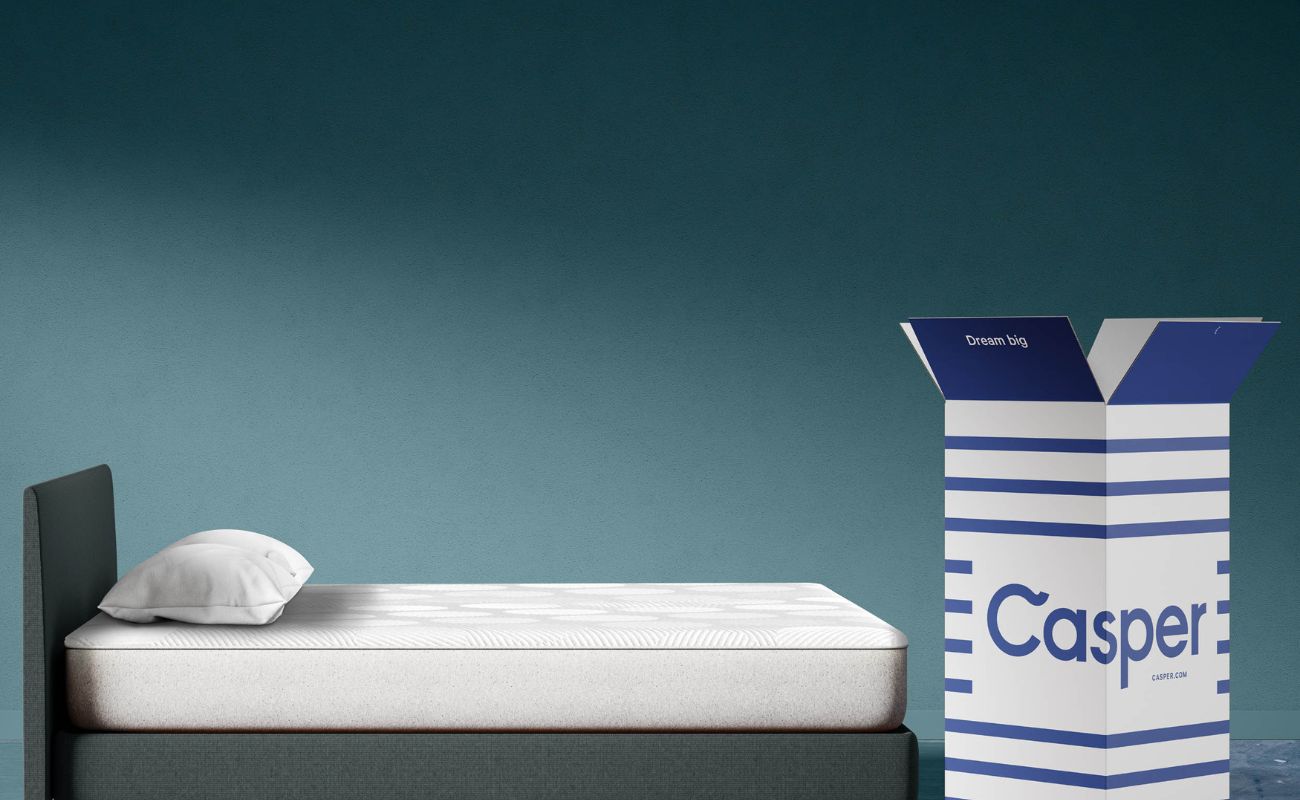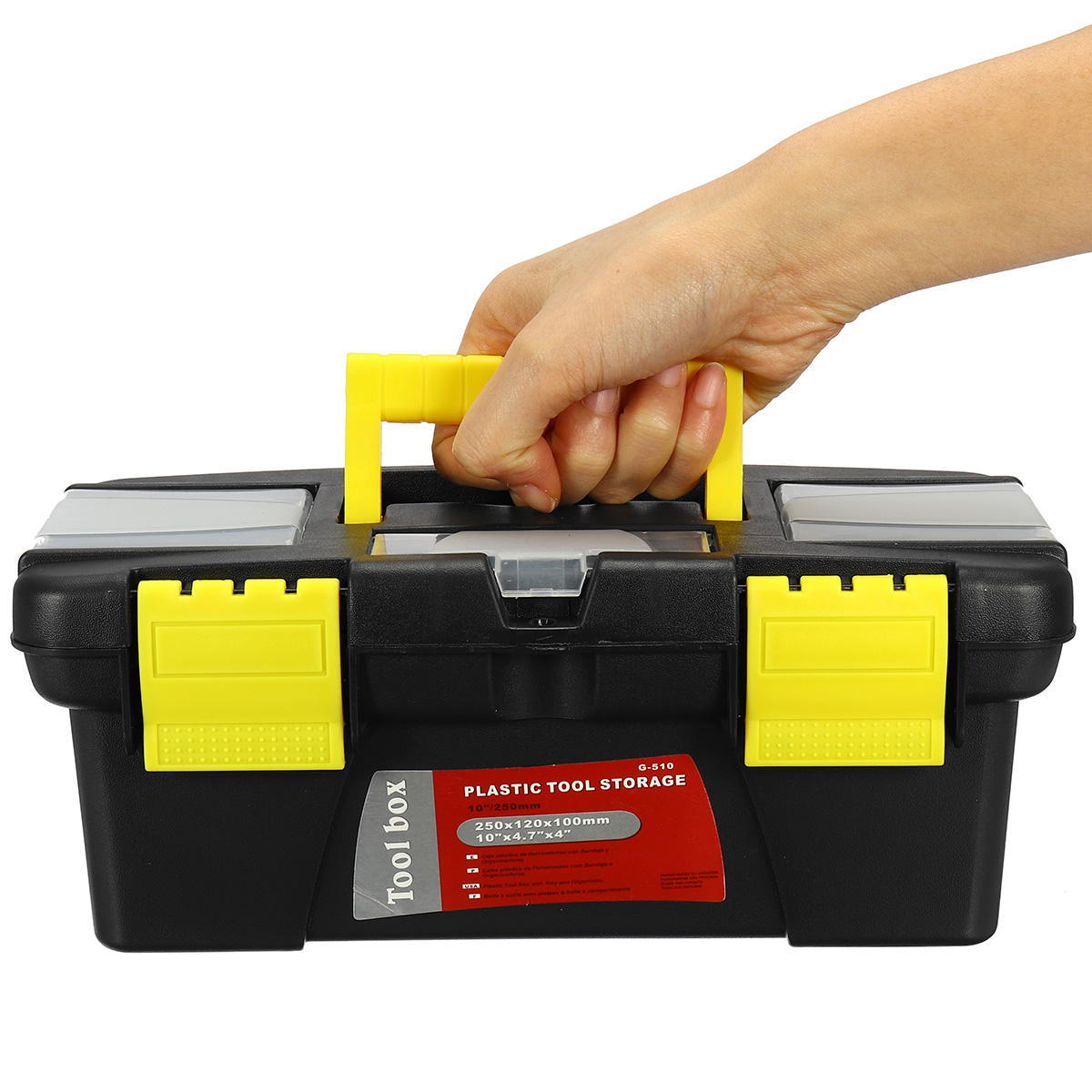Home>Furniture>Bedroom Furniture>How Much Does A Bed Weigh


Bedroom Furniture
How Much Does A Bed Weigh
Modified: January 9, 2024
Find out the weight of bedroom furniture by exploring our comprehensive guide. Discover how much a bed weighs and plan your moving or redecorating process accordingly.
(Many of the links in this article redirect to a specific reviewed product. Your purchase of these products through affiliate links helps to generate commission for Storables.com, at no extra cost. Learn more)
Introduction
Welcome to the world of bedroom furniture, where comfort meets style and quality. One essential aspect of bedroom furniture is the bed, offering a cozy haven for a restful night’s sleep. When shopping for a bed, there are several factors to consider, such as size, design, and materials. But have you ever wondered how much a bed weighs? The weight of a bed can vary depending on various factors, including the size, type of mattress, and materials used in its construction.
In this comprehensive article, we will explore the different factors that determine the weight of a bed, ranging from mattress types to bed frames and bedding accessories. Understanding the weight of a bed is important, as it can impact the installation process, transportation logistics, and even the overall stability of the bed. So, let’s dive in and unravel the fascinating world of bed weights!
Key Takeaways:
- Consider the weight of a bed when purchasing to ensure easy installation, safe transportation, and structural stability, enhancing the overall sleep experience.
- Understanding the weight of a bed, including factors such as size, materials, and mattress type, is crucial for informed purchasing decisions and a restful night’s sleep.
Read more: How Much Does A Recliner Weigh
Factors that Determine the Weight of a Bed
When it comes to determining the weight of a bed, several factors come into play. Let’s take a closer look at the key elements that can impact the overall weight of a bed:
- Size of the Bed: The size of the bed is one of the primary factors influencing its weight. It’s no surprise that larger beds will generally weigh more than smaller ones. Common bed sizes include twin, full, queen, and king. The larger the bed, the more materials are needed for its construction, resulting in increased weight.
- Materials Used: The materials used in the construction of a bed can significantly affect its weight. Beds can be made from various materials, including wood, metal, or a combination of both. Wood beds tend to be heavier, especially if solid wood is used, while metal beds are generally lighter. Additionally, the type and thickness of upholstery or padding can further contribute to the weight.
- Type of Mattress: The type of mattress used on a bed can also impact its overall weight. Common types of mattresses include innerspring, memory foam, latex, and hybrid mattresses. Each type has its unique construction and materials, leading to varying weights. Memory foam mattresses, for example, tend to be heavier due to their dense foam layers.
- Bed Frame Design: The design of the bed frame can add to its weight. Some bed frames have additional features or storage compartments, which will increase the overall weight. Solid wood frames or heavy-duty metal frames may also add extra pounds compared to lighter and simpler designs.
- Additional Features: Beds with built-in headboards, footboards, or side rails will be heavier compared to those without these features. The presence of decorative elements, such as carvings or intricate detailing, can also contribute to the weight of the bed. Additionally, if the bed includes support slats or a box spring, this will increase the overall weight as well.
It’s important to keep in mind that while these factors play a significant role in determining the weight of a bed, there can still be variations within each category. Different manufacturers may use different materials or construction techniques, resulting in variations in weight even within the same bed size or type.
Now that we have explored the factors that determine bed weight, let’s delve into the average weight ranges for different bed sizes in the next section.
Average Weight of Different Bed Sizes
Bed sizes can vary widely, from compact twin beds to spacious king-sized mattresses. Understanding the average weight of different bed sizes can be helpful when it comes to moving, transporting, or assembling your bed. Here are the average weights of some common bed sizes:
- Twin: A twin-size bed, also known as a single bed, typically measures 39 inches wide and 75 inches long. On average, a twin bed can weigh between 40 to 60 pounds, depending on the materials used and the design.
- Full: A full-size bed, also known as a double bed, measures 54 inches wide and 75 inches long. The average weight of a full-size bed ranges from 60 to 90 pounds, again depending on the materials and construction.
- Queen: A queen-size bed is a popular choice for many households, offering a balance between space and comfort. It measures 60 inches wide and 80 inches long. The average weight of a queen-size bed falls in the range of 80 to 150 pounds.
- King: At the top end of the size spectrum, a king-size bed offers ample space for a luxurious sleep experience. It measures 76 inches wide and 80 inches long. The average weight of a king-size bed can range from 120 to 200 pounds, depending on various factors.
It’s important to note that these weights are averages and can vary depending on the specific bed model and manufacturer. Additionally, adjustable beds or beds with additional features such as storage compartments or built-in electronics may be heavier than standard beds.
Keep in mind that these weight ranges are for the bed frame and mattress only. Adding bedding accessories such as pillows, blankets, and comforters will not significantly increase the overall weight of the bed.
Next, let’s explore how the weight of a bed can vary based on different types of mattresses.
Weight Variations in Different Types of Mattresses
When it comes to mattresses, there are several types to choose from, each with its unique characteristics and construction. These different types of mattresses can vary in weight due to variations in materials and designs. Let’s take a closer look at the weight variations in different types of mattresses:
- Innerspring Mattresses: Innerspring mattresses are constructed with a network of metal coils or springs that provide support. These mattresses tend to be on the heavier side due to the bulk of the coil system. On average, an innerspring mattress can weigh between 60 to 100 pounds, depending on the size and the number of coils used.
- Memory Foam Mattresses: Memory foam mattresses are known for their contouring and pressure-relieving properties. The weight of a memory foam mattress can vary depending on the density and thickness of the foam layers. On average, a memory foam mattress can weigh between 60 to 120 pounds, with higher density mattresses being heavier.
- Latex Mattresses: Latex mattresses are made from natural or synthetic latex foam. These mattresses tend to be dense and durable, contributing to their weight. On average, a latex mattress can weigh between 80 to 140 pounds, depending on the size and the thickness of the latex layers.
- Hybrid Mattresses: Hybrid mattresses combine the support of innerspring coils with the comfort of foam or latex layers. The weight of a hybrid mattress can vary depending on the specific materials used. On average, a hybrid mattress can weigh between 100 to 150 pounds, mainly due to the combination of materials.
- Airbeds and Waterbeds: Airbeds and waterbeds are less common mattress types but are still worth mentioning. The weight of an airbed or waterbed depends on the size and the amount of air or water used for inflation. It can range from 50 to 200 pounds or more, depending on the specific model and design.
It’s important to note that these weight ranges are approximations and can vary depending on the mattress brand, model, and specific construction. Additionally, the weight of a mattress can increase when additional features like pillow tops or extra layers are included.
Now that we’ve explored the weight variations in different types of mattresses, let’s move on to discussing the weight of bed frames.
A typical queen-sized bed can weigh between 100-150 pounds, while a king-sized bed can weigh between 130-180 pounds. Be sure to consider the weight when moving or assembling a bed.
Weight of Bed Frames
Bed frames serve as the foundation and support system for mattresses and play a crucial role in the overall stability and durability of the bed. The weight of a bed frame can vary depending on the materials used, design, and additional features. Here are some common types of bed frames and their average weights:
- Wooden Bed Frames: Wooden bed frames are a popular choice for their durability and classic appearance. The weight of a wooden bed frame can vary depending on the type of wood used and the design intricacies. On average, a wooden bed frame can weigh between 50 to 150 pounds.
- Metal Bed Frames: Metal bed frames are known for their lightweight and sturdy construction. They are often made from steel or iron and can be easily assembled and moved. The weight of a metal bed frame typically ranges from 20 to 70 pounds.
- Upholstered Bed Frames: Upholstered bed frames add a touch of elegance and luxury to the bedroom. These frames feature a padded headboard, footboard, or side rails covered in fabric or leather. The weight of an upholstered bed frame can vary depending on the size, design, and materials used. On average, they can weigh between 60 to 180 pounds.
- Platform Bed Frames: Platform bed frames consist of a solid or slatted platform that eliminates the need for a box spring. These frames can be made from wood, metal, or a combination of both. The weight of a platform bed frame depends on its design and materials, typically ranging from 40 to 150 pounds.
- Adjustable Bed Frames: Adjustable bed frames offer customizable positioning for enhanced comfort and functionality. They are equipped with motors and mechanisms that allow the adjustment of the head and foot positions. These frames are usually heavier due to the additional components and electrical systems. The weight of an adjustable bed frame can range from 100 to 300 pounds or more.
It’s important to consider the weight of the bed frame when selecting and moving furniture, especially if you anticipate frequent relocations or rearrangements. Heavier bed frames may require extra assistance or tools during assembly and disassembly.
Now that we’ve explored the weight of bed frames, let’s move on to discussing the weight of bedding accessories.
Read more: How Much Does Glass Weigh
Weight of Bedding Accessories
In addition to the bed itself, there are various bedding accessories that complete the sleep experience and contribute to the overall aesthetics of the bedroom. While these accessories generally don’t add a significant amount of weight to the bed, it’s still worth considering their weight when moving or rearranging furniture. Let’s take a look at the weight of some common bedding accessories:
- Pillows: Pillows come in different shapes, sizes, and fillings. The weight of a pillow can vary depending on the material and fill type. On average, a standard-sized pillow can weigh between 1 to 2 pounds. However, memory foam or down-filled pillows may be slightly heavier due to their denser filling.
- Blankets and Comforters: The weight of blankets and comforters can vary depending on the material, thickness, and size. Lighter blankets made from synthetic materials may weigh around 1 to 3 pounds, while heavier comforters made from down or wool can weigh between 5 to 10 pounds or more.
- Sheets: Bed sheets are typically lightweight and do not significantly contribute to the overall weight of the bed. The weight of sheets can vary depending on the fabric, thread count, and size. On average, a set of bed sheets can weigh between 1 to 3 pounds.
- Mattress Toppers: Mattress toppers add an extra layer of cushioning and comfort to the mattress. The weight of a mattress topper depends on the materials used, such as memory foam or latex. On average, a mattress topper can weigh between 5 to 10 pounds.
- Bed Skirts: Bed skirts, also known as dust ruffles, are decorative accessories that cover the area between the mattress and the floor. They are typically lightweight and do not add much weight to the bed. The weight of a bed skirt can range from 1 to 3 pounds.
While these weights may vary slightly, it’s important to keep in mind that bedding accessories are generally lightweight and won’t significantly affect the overall weight of the bed. However, when packing and transporting the bed, it’s a good idea to consider the cumulative weight of all these accessories.
Now that we’ve discussed the weight of bedding accessories, let’s move on to the importance of considering bed weight in the next section.
Importance of Considering Bed Weight
When purchasing or moving a bed, it is crucial to consider the weight for several reasons. Here are a few reasons why bed weight is important:
- Installation and Assembly: The weight of a bed can affect the ease of installation and assembly. Heavier beds may require more effort and manpower to move and set up properly. It is essential to have a clear understanding of the weight before attempting to assemble the bed to ensure a safe and secure installation.
- Transportation and Maneuvering: If you plan to move or relocate your bed, the weight becomes a crucial factor. Heavier beds may require professional movers or additional assistance to transport. Considerations such as staircases, narrow hallways, or doorways should also be taken into account when determining if the weight of the bed makes it feasible for moving.
- Structural Stability: The weight of the bed plays a role in its structural integrity and stability. Heavier beds are generally more stable, providing a solid foundation for a restful sleep. It’s important to ensure that the weight of the bed is evenly distributed, with proper support from the frame and foundation, to prevent sagging or potential structural issues.
- Floor and Weight Capacity: Different types of flooring may have weight limitations. Knowing the weight of the bed can help ensure that it is suitable for the specific flooring material and won’t cause any damage or stress. Additionally, some bed frames or foundations may have weight restrictions that should be taken into consideration when choosing a bed.
- Overall Safety: The weight of a bed can impact its safety, especially for individuals who may have mobility issues or require assistance. Heavy beds may pose a risk of injury when attempting to move or adjust them. It is essential to ensure that the weight of the bed is manageable and safe for your specific circumstances.
By considering the weight of a bed, you can make informed decisions regarding transportation logistics, installation, and the overall safety and stability of the bed. Remember to refer to the manufacturer’s guidelines and recommendations related to weight limits and proper handling.
With a better understanding of the importance of bed weight, we can now conclude our exploration of this topic.
Conclusion
Bed weight is an important consideration when shopping for bedroom furniture. Various factors contribute to the overall weight of a bed, including the size, materials used, type of mattress, bed frame design, and additional features. Understanding the weight of a bed is essential for a range of reasons, including installation, transportation, stability, and safety.
When it comes to bed weight, it’s crucial to keep in mind that there can be variations within each category. Different manufacturers may use different materials and construction techniques, resulting in variations in weight even within the same bed size or type. Therefore, it’s advisable to consult the specific product information provided by the manufacturer.
By considering the weight of the bed, you can make informed decisions when it comes to installation, transportation, and overall safety. Whether you’re moving, rearranging furniture, or simply looking for a sturdy and stable bed, understanding the weight will help you choose the right option for your needs.
Remember, a comfortable and supportive bed is the key to a restful night’s sleep. So, take into account the various factors that contribute to the weight of a bed and find the perfect balance between comfort, durability, and ease of handling.
We hope this comprehensive guide has provided you with useful insight into the factors that determine bed weight, the average weights of different bed sizes and mattress types, the weight of bed frames, and the importance of considering bed weight in your purchasing decisions.
Now, armed with this knowledge, you can confidently embark on your journey to find the ideal bed that not only suits your style and comfort preferences but also fits seamlessly into your space, ensuring a peaceful and rejuvenating sleep experience for years to come.
Frequently Asked Questions about How Much Does A Bed Weigh
Was this page helpful?
At Storables.com, we guarantee accurate and reliable information. Our content, validated by Expert Board Contributors, is crafted following stringent Editorial Policies. We're committed to providing you with well-researched, expert-backed insights for all your informational needs.














